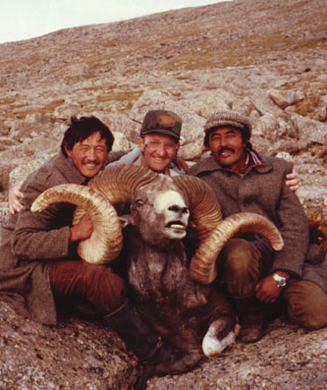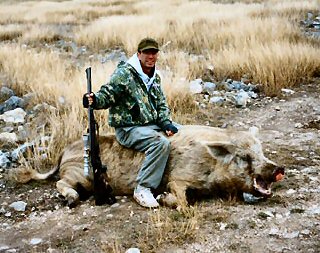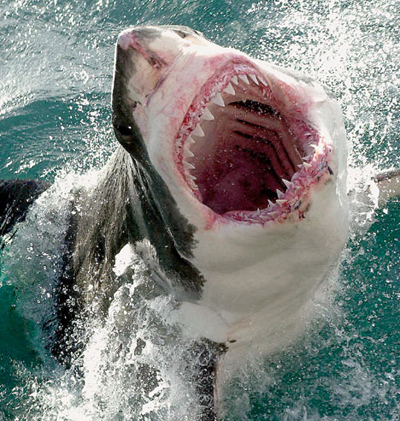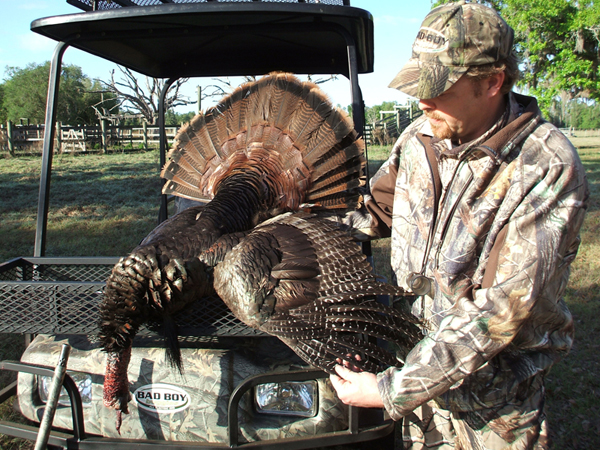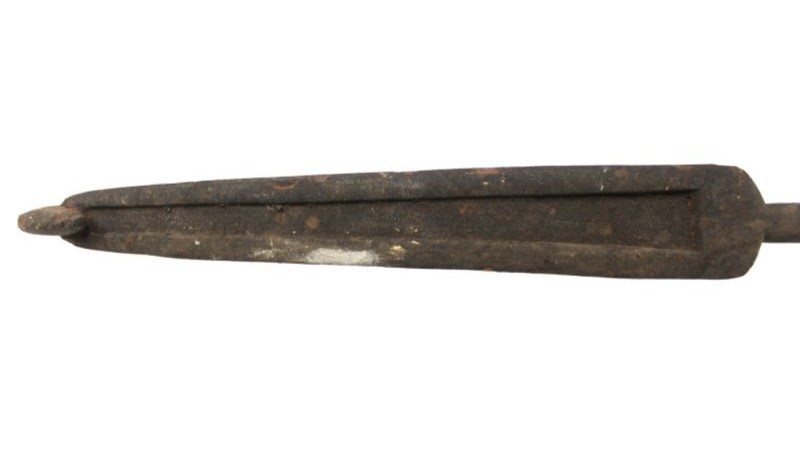With deer season descending on Dixie, there are a few things worth noting: South Carolina rules. Louisiana hunters must be wealthy. And Texas, we have a problem.
At least that’s the picture painted in the 2004 report of the Southeast Deer Study Group. If you’re a deer hunter and you’ve never heard of this group, it’s your loss. This is the association of whitetail biologists and managers at 16 fish and game agencies across the region. (For the record, they’re the Confederate states, plus Kentucky, Missouri, West Virginia, Oklahoma and Maryland.) The report they produce at their annual gathering includes the most complete, and accurate, measure of deer hunting in the South.
The information monitored includes the size of the deer population, total harvest, hunter success, rules, regulations and license fees. Best of all, it’s compiled in neat tables, which allow a hunter to compare life in his neck of the woods to that of his fellow Southern deer hunters.
It’s an annual “must read” for me. Sometimes it makes me feel smug and happy, other times embarrassed and angry. Where you live will determine how the following samples affect you.
THE PALMETTO STATE South Carolina hunters may be the luckiest or the best–or both. While it has the smallest hunter population in the region (148,823), South Carolina’s deer herd is right in the middle (1 million). It has the second largest percentage of public hunting lands (7.5 percent of its total acreage); second highest bag limit (15, plus bonus tags); and the longest possible season (up to 140 days for gun hunters). But topping it off is this awesome figure: South Carolina hunters have a success rate of 76.7 percent. An amazing 14.6 deer were killed per square mile of habitat.
SPORTSMAN’S PARADISE Louisiana hunters are a curious bunch. Not known as one of the wealthiest Southern states, Louisiana has license fees in the upper half ($29-$50), while its average leasing cost is the second highest, ($5-$30 per acre). That figure is hard to understand when you consider that 4 percent of the state’s land is open to public hunting and there are only 170,000 hunters–the third lowest in the survey. Apparently supply and demand doesn’t hold here.
THE LONE STAR Texas is a jumble of riddles–unless you know its background. It has the largest hunter population (544,993) hunting the largest deer herd (3.8 million) for some of the highest license fees ($23 for residents, $300 for non-residents). All that, and it has the lowest percentage of public land in the region (less than 2 percent). Yet it has the highest deer harvest at 436,949. Of course, those numbers make more sense when you take into account Texas’s longstanding tradition of private-lands hunting.
HUNTER NUMBERS
The annual report also puts a spotlight on another number that should be of interest to deer hunters everywhere. The total number of deer hunters has been dropping in six of the sixteen states (Georgia, Maryland, Mississippi, North Carolina, Virginia and West Virginia), has been stable in nine (Alabama, Arkansas, Florida, Kentucky, Louisiana, Missouri, Oklahoma, South Carolina and Tennessee), and has been rising in just one–Texas.
Those figures aren’t heartening–but that isn’t to say we’re small in numbers just yet. Before last season, there were almost 4 million deer hunters in Dixie.
Best of all, the deer outnumbered us about five to one.
For more regional information, go to www.outdoorlife.com/destinations


